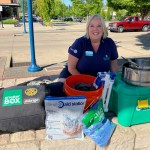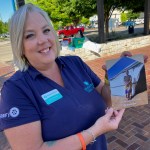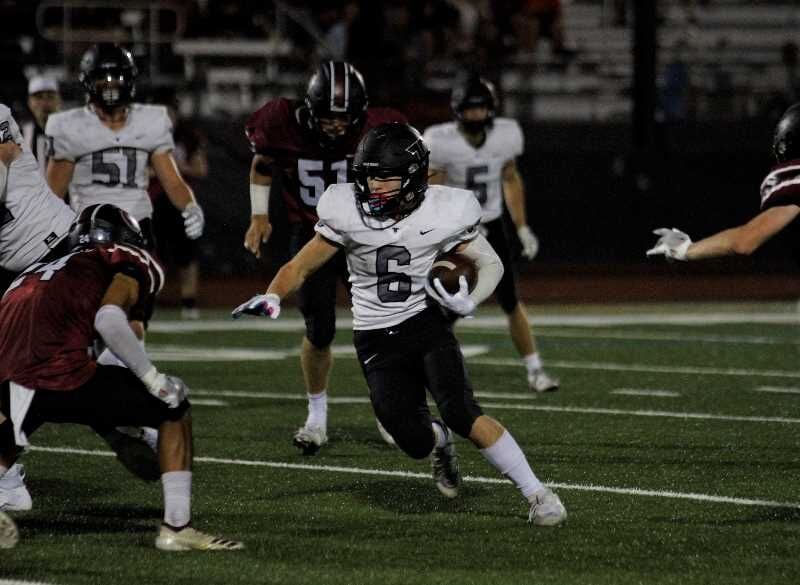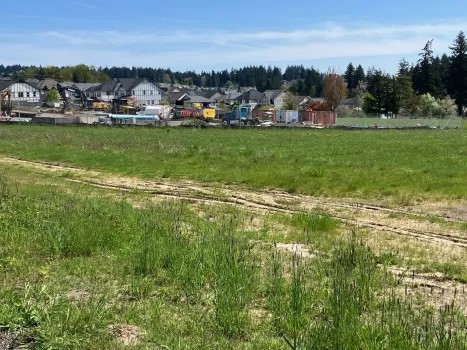Sherwood councilor, Rotarian is getting the word out on disaster relief agency ShelterBox
Published 5:00 am Tuesday, July 22, 2025


A member of the Sherwood Rotary Club is helping get the word out about a global nonprofit organization that steps in to aid those involved in natural and manmade disasters.
Earlier this year, Renee Brouse was named national relationship manager for Rotary International to ShelterBox USA, a charity that assists those affected by earthquakes, floods, wars and more.
“I love it. Absolutely love it,” Brouse, one of 17 ShelterBox paid staff in the United States, said about her new job.
Trending
Brouse said the nonprofit’s mission is to provide shelter necessities when a disaster strikes, believing everyone needs a “safe place to call home to be able to rebuild” and figure out what to do next.
Nonprofit tries to avoid one-size-fits-all approach
While ShelterBox is its own global humanitarian nonprofit standalone agency after its founding in 2000 in the United Kingdom, Rotary International has been associated with the group as a project partner for 25 years, said Brouse, who also is a member of the Sherwood City Council and former CEO of the Sherwood Chamber of Commerce.
Brouse said that Rotary District 5100, which includes Sherwood, has about 25 clubs that contribute to ShelterBox USA.
Over the years, she said the nonprofit has discovered the importance of not having a “one-size-fits-all” approach to disasters, instead sending teams in to assess whether ShelterBox can help, Brouse said.
“It may be a tent. It may be solar lights. It may be clean water stations, It may be cook stoves. It could be all of the above,” Brouse said, adding that they’ve even moved beyond packing everything in the original shelter box kit. “The box is heavy. It can break down when it’s cold. So we’ve actually moved to a ‘shelter bag’ where (victims of disasters) can put things back into it when necessary. It’s easier to transport here and to and we can customize the aid that we provide.”
Trending
Other ShelterBox items that may be sent to an area include drinking water, mosquito netting, cook stoves, shovels, saws, hoes, rope that can be transformed into a fishing net and a tarpaulin — an extremely strong tarp that can be used for shelter.
Each disaster is different
Over the years, Brouse said the humanitarian agency has become more sustainable as well, noting that when it ships products into a disaster area, ShelterBox will reuse the wooden pallets supplies come on to create a barrier between the ground and someone’s bedding.
ShelterBox USA recently responded to the January wildfires that destroyed so much of the Los Angeles area, providing solar lights, cold-weather blankets, hand-warmers, a water purification system and more.
Brouse said two Rotarian districts were able to work directly with ShelterBox coordinators to provide help.
“Rotary is an extremely powerful partner,” Brouse said. “That partnership is critical.”
In addition, partnerships with Rotary Clubs in the mid-Atlantic and Southeastern United States have resulted in ShelterBox being able to support 1,500 displaced families, or approximately 5,000 individuals, who were impacted by the last two devastating hurricanes that hit North Carolina, Brouse said.
“Each disaster is going to be very, very different,” Brouse said.
Meanwhile, in Oregon, ShelterBox USA will host an upcoming event that simulates disaster response scenarios. ShelterBox Advocate Field Experience is set Sept. 5-7 in Echo.
Brouse, who has attended before, called the event “amazing.”
“You put up one of our big ShelterBox tents. You sleep in the tent,” Brouse said. “It’s powerful.”









